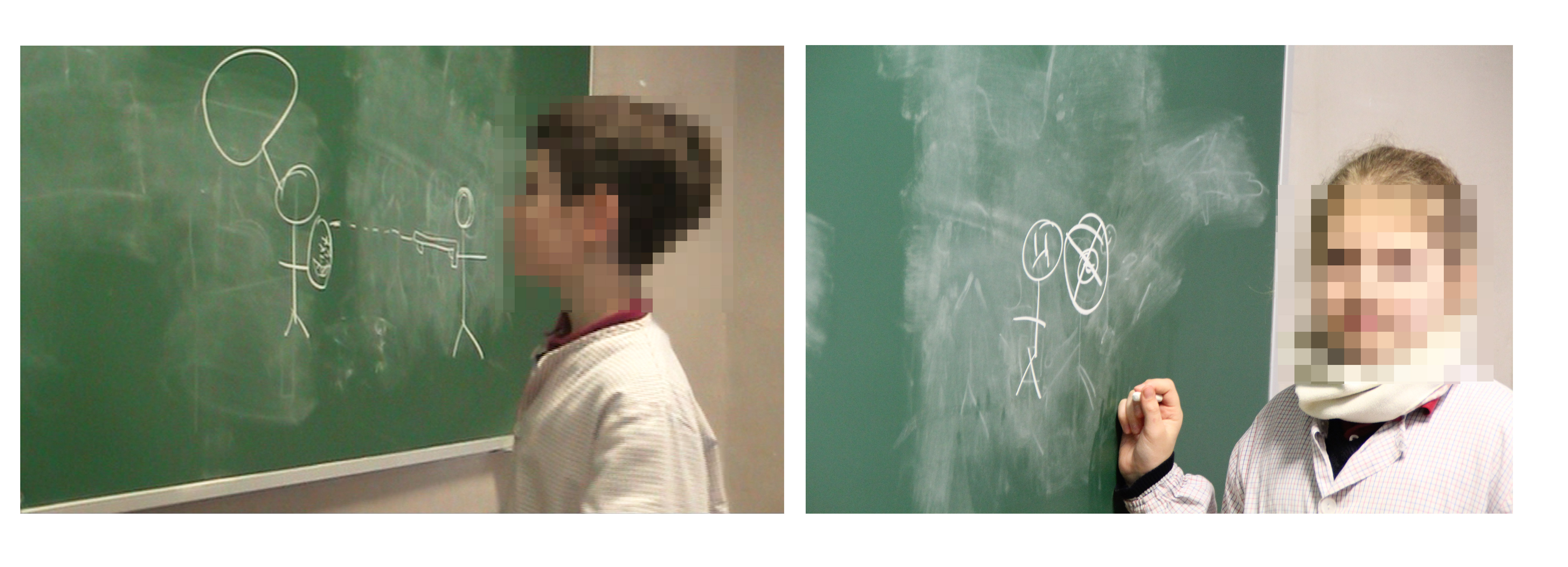Pictionary Technique
The Pictionary Technique is a playful strategy to elicit and understand children’s worldviews of conceptual learning goals.
Description:
The Pictionary Technique is a playful strategy to elicit and understand children’s worldviews of conceptual learning goals such as socio-cultural values. This elicitation technique involves children in an activity based on the mechanics of the board game called Pictionary™. Our technique follows a three-step procedure. First, the researchers select a set of terms and concepts related to the addressed learning goals and write them down on post-it notes that are stored in a box. Second, during the activity, one child at a time is asked to randomly pick one of the notes and to represent the term on it through drawings on a large whiteboard. If the child does not know the term s/he can discard it and pick a new one. The rest of children have one minute to guess the term. Third, to finalize the activity, researchers and children together revise and discuss the discarded terms.
Benefits:
- Grasping children’s shared worldviews and understanding of the educational context
- Time-based structure avoids that the children get lost in representing details and helps them focus only on expressing the main signification of the term
- Revealing children’s emotional perspective considering facial expressions and size, postures and proportion of the represented people to other pictorial element

Related Publications:
Marie-Monique Schaper, Laura Malinverni and Narcis Pares. (2014). Participatory design methods to define educational goals for full-body interaction. In Proceedings of the 11th Conference on Advances in Computer Entertainment Technology (ACE ’14). ACM, New York, NY, USA, Article 50. DOI
